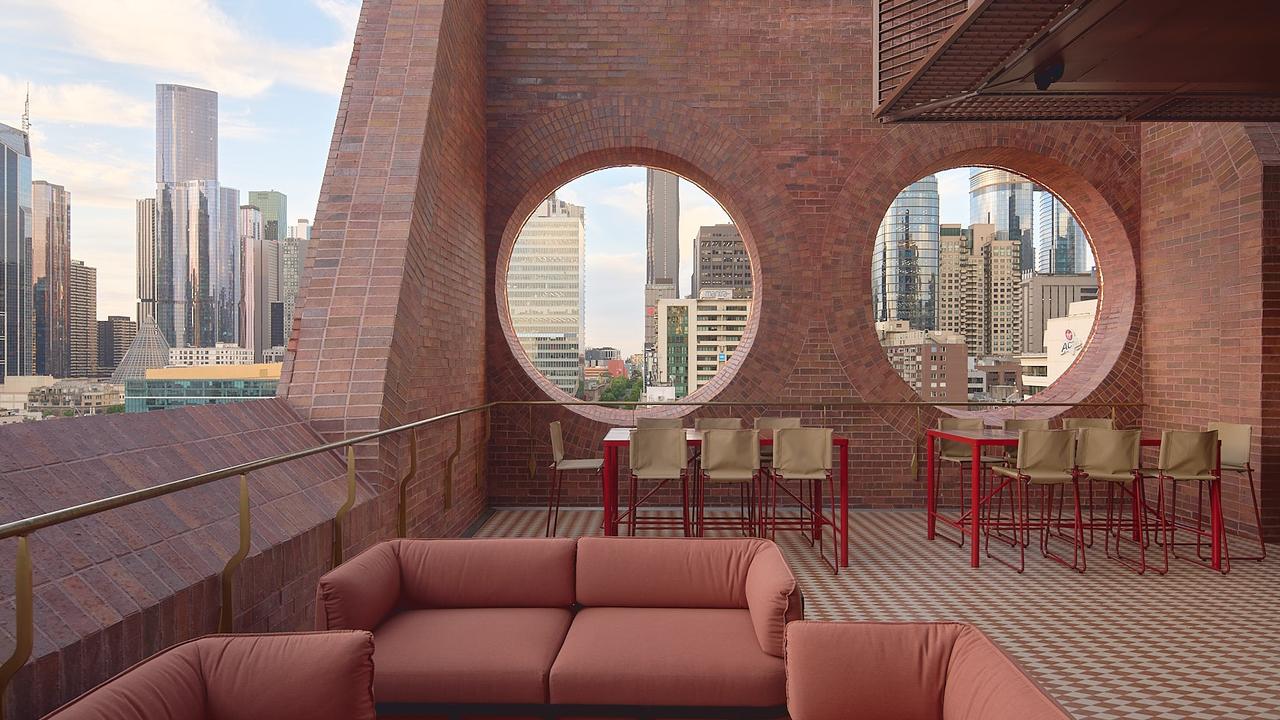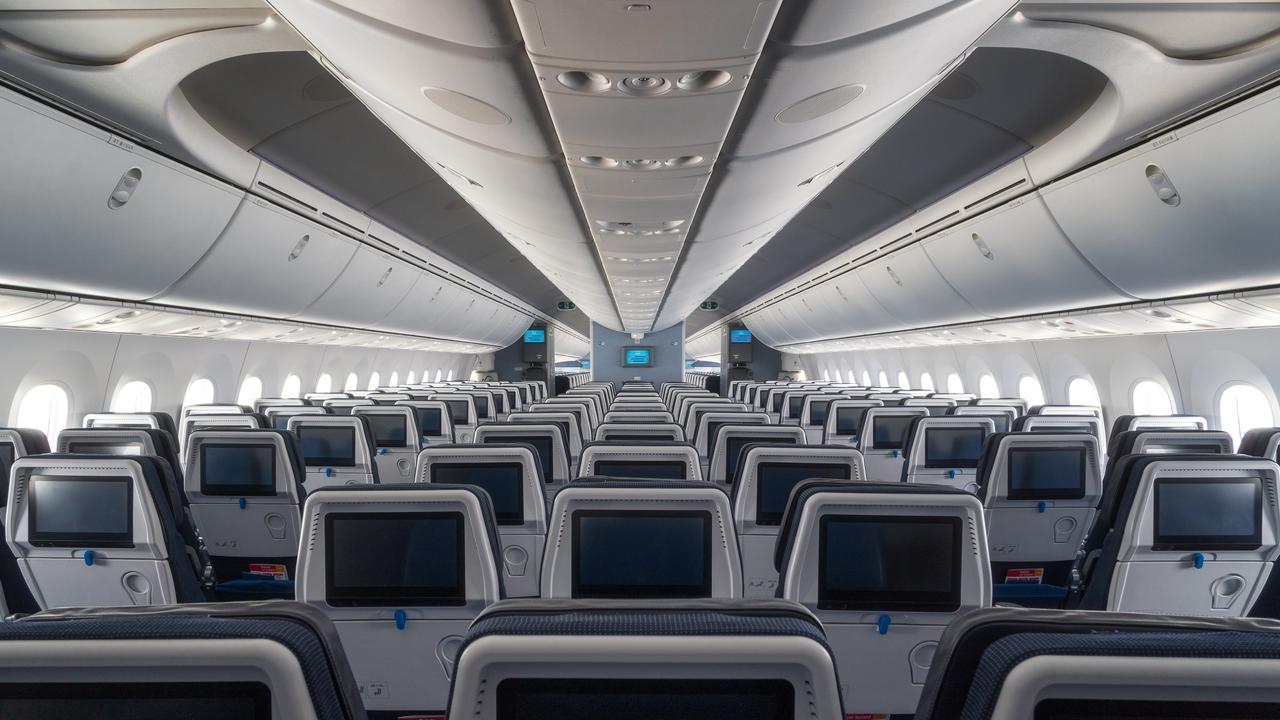A champagne lover’s guide to Reims, France
To commemorate the 250th anniversary of Veuve Clicquot, Travel + Luxury ventures to the venerable maison’s historic cellars in Reims to unearth its sparkling backstory.
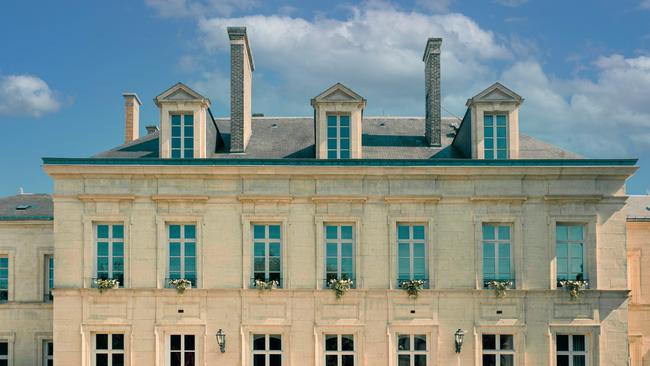
Reims is essentially two cities: the one constructed above the cobblestones, and the hidden network of labyrinthine tunnels and caves that lie beneath. Above the cobblestones there exists a fascinating mix of architectural styles from Roman ruins to the famous 13th-century Gothic cathedral and, because much of the city was destroyed in World War I, an abundance of Art Deco treasures from when the city was rebuilt. France’s 12th largest city has a regal history: historically, it was the site of coronations
for the French monarchy. These days, it’s best known for bubbles. The city lies on the northern edge of the Champagne region, just under an hour by train from Paris. The front windows on the trams in Reims are even shaped like Champagne flutes – a testament to the effervescent wine’s regional and global importance.
Below the cobblestones, kilometres of medieval chalk quarries called crayères run throughout the city. The Champagne houses, hills, and cellars in and around Reims have been a UNESCO World Heritage site since 2015. Originally dug by the Romans to mine salt and chalk, the cavernous crayères were an integral part of the textile industry. Before Champagne as a product even existed, Reims was a hub for textiles and many of the major Champagne houses we know today got their start first as textile merchants.
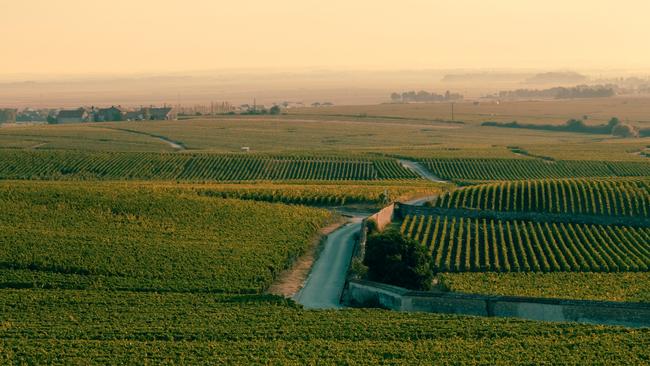
Veuve Clicquot, which I visited on a recent trip, is one such example. Founded in 1772, Veuve Clicquot was originally a textile company run by Philippe Clicquot, who started making Champagne as a side project to be sent as a gift to his clients, and eventually the business became entirely about Champagne instead. He left the company to his son François, who died suddenly and tragically in 1805, leaving behind his 27-year-old wife, Barbe-Nicole Ponsardin, and his young daughter. The widow (the veuve the label was ultimately named for) would not have inherited the company directly – French women were still not allowed to have bank accounts of their own, vote or attend university at that time – so she would have required permission from both her father and father-in- law to continue with business as usual. Except that, under her influence, it was never business as usual.
The widow was truly an extraordinary force whose diminutive size belied her tenacity and powerful vision. Being an outsider meant that Madame Clicquot thought outside the box and created several innovations in Champagne including, but not limited to, blending the first rosé Champagne, creating the first vintage Champagne (Champagne that is sold and marketed from a single exceptional year), and even inventing the riddling table. This allowed for a simpler disgorging process when removing the dead yeast from the secondary fermentation that Champagne uniquely requires and resulted in a clearer and more refined wine.
Veuve Clicquot is celebrating its 250th anniversary this year, yet the widow’s inventions were so widely adopted industry- wide that they remain standard practice even today. During my visit, I toured the archives with the in-house historian, Isabelle Pierre, who shared moving personal letters from Clicquot to her cousin in which she boldly expressed how women need to have independence. She even showed me the label’s first shipment to Australia, which was 15 cases of 12 bottles each of Champagne to Melbourne in 1859.

Visiting the crayères was a captivating experience, for not only are they still used to safeguard millions of bottles of Champagne, but they have an incredible lifesaving legacy. During World War 1, Reims suffered more than a thousand days of bombing by the German forces. The miles of cellars stretching out below the major Champagne houses became de facto churches, city offices, schools and shelters for citizens.
Passing through the cathedral-like spaces below the city streets, you can feel the history around you – it’s even etched on the walls. My guide pointed out that the caves are named after the workers who have been with the house for 40 years or more. One room was named for a man who had worked in the cellars for more than 60 years, starting when he was 12 and retiring at 72. As we wound our way through the dimly lit caverns, we stopped in front of a series of barrels where a small video played on the ceiling and aromatherapy scents with the fragrances commonly found in the different varieties of Champagne grapes wafted in the air for a total sensory experience. There is an aromatherapy garden at the beginning of the tour as well where you can smell various kinds of plants whose notes can be found in Champagne – even kiwifruit, which aren’t local to the region.
No tour in Champagne would be complete without a tasting. Here, a simple glass of sparkling is anything but. Veuve Clicquot has a team of 10 winemakers, who meet daily to check hundreds of samples and
whose responsibility it is to seamlessly blend a sparkling wine that tastes the same every year, even as weather conditions and harvests vary widely. I’ll never look at the iconic yellow label quite the same way again after realising all the effort that goes into maintaining the consistency and quality every year. If you visit the region in the northern summer, head to the house’s Manoir de Verzy for a picnic with Champagne pairings on the lawn. At any time of year, it’s important to plan visits ahead as even the large houses require tickets or advance reservations, and smaller growers have limited availability.
Now is definitely the time to visit. Champagne just had its best year yet in 2021, with a record-breaking 180 million bottles sold for a total of $8.2 billion in revenue, according to the Comité Champagne, an association that represents thousands of independent producers and hundreds of large Champagne houses. While you’re visiting the city, here are a few places to eat, sights to see, and luxurious hotels to stay at.
What to do
The Cathedral: Experience more than 800 years of history when you visit this stunning example of Gothic architecture. The 13th-century Cathédrale Notre-Dame de Reims is intricately covered with more than two thousand statues. Step inside to see the panoply of stained-glass windows that feature some original Gothic windows, handpainted panes by Marc Chagall, abstract windows by Imi Knoebel, and even three panes depicting Champagne production. Eagle-eyed visitors will notice that the pane all the way to the right features a glassblower surrounded by Champagne bottles, including one with Veuve Clicquot’s signature yellow label.
A tour: For those who seek to branch out a bit from just Champagne and learn about the culture, history and art of the region, take a guided tour with Anne-Marie Bonnouvriée of AMB Reims. The effervescent guide covers street art, various neighbourhoods, the cathedral, Art Deco architecture, and even bike trips. Tours are private and can accommodate up to 15 people. Prices vary depending on your choice and the day of the week you wish to go.
The Boulingrin Market: The bustling market at Halles Boulingrin is the place to be. It’s the perfect spot to stop for picnic supplies. The pâté en croute (pâté in a pastry crust) stand is particularly appealing as it has a wide selection of flavours of this regional speciality, which goes beautifully with Champagne, and is easy to transport.
Les Promenades: This long stretch of park opposite the train station is a delightful spot for a stroll after the market, and it’s an ideal place to picnic. It’s particularly great for kids with its play structures and in-ground trampolines.
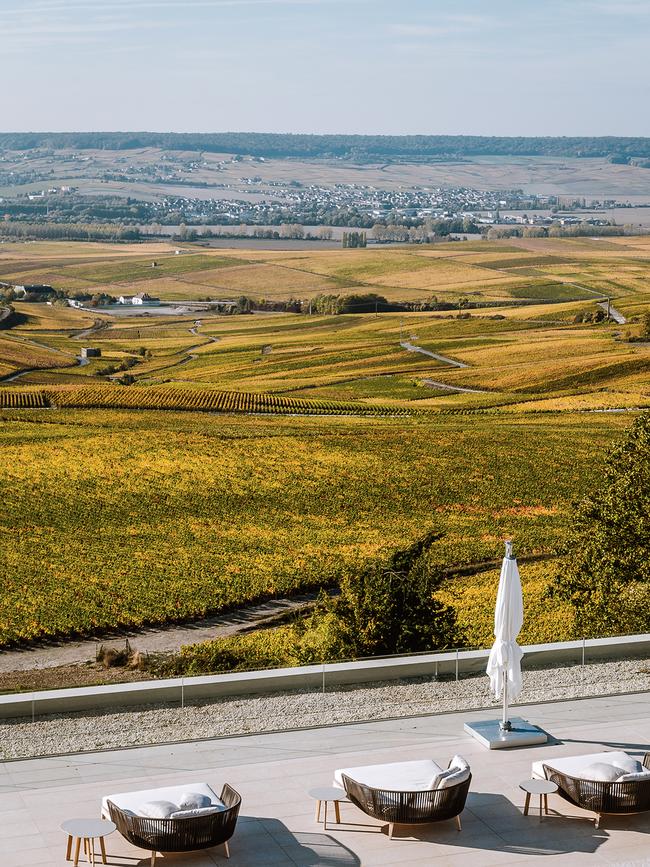
Where to eat and drink
L’Épicerie au Bon Manger: The menu is small at this cosy cave à manger, but Aline and Eric Serva select fine local specialties such as perfectly ripened cheeses and foie gras for a simple yet lovely spread. Natural-wine buffs will be particularly delighted by the range of natural and biodynamic wines and growers’ Champagnes. Even though it’s quite casual, seats are limited so make sure to reserve.
Le Parc: With more than 600 types of Champagne, this is truly a wine lover’s dream. The lovely view of the leafy grounds, and the two-Michelin-starred cuisine from chef Philippe Mille aren’t too shabby either. Charles Curtis, master of wine and author of the book Vintage Champagne 1899-2019, declares it his number-one pick for fine dining in the area.
Holy Shot: A sweet place to stop for a coffee if you’re missing your flat whites. You’ll find a full range of top-notch coffee drinks, friendly service, and slightly rustic desserts made in-house.
Sacré Burger: A short walk from Place du Forum, you’ll spot the neon burger sign for the burger joint that proves the Champagne region doesn’t have to be fancy. It has excellent burgers named after French kings that are made with fresh local produce, along with crisp fries, and a great wine list. I recommend the Louis XIV, with regional beef, Bleu d’Auvergne cheese, onion compote, mayonnaise and salad.
Le Clos: A fun outdoor bar just across from the Boulingrin market. It’s a favourite spot for a post-market drink. In chilly weather there are heat lamps, and several ski gondolas turned into tables for some protection from the weather.
Monkey: This modern bistro is infused with a certain playfulness – from the cheeky service to the funky flea-market decor and the unusual toilet (I won’t ruin the surprise).
The Glue Pot: At this wine-industry favourite on place Drouet d’Erlon you’ll find the likes of jalapeño poppers and mozzarella sticks served alongside a stellar list of growers’ Champagnes. Insiders know to cosy up to the owner to get the secret wine list.
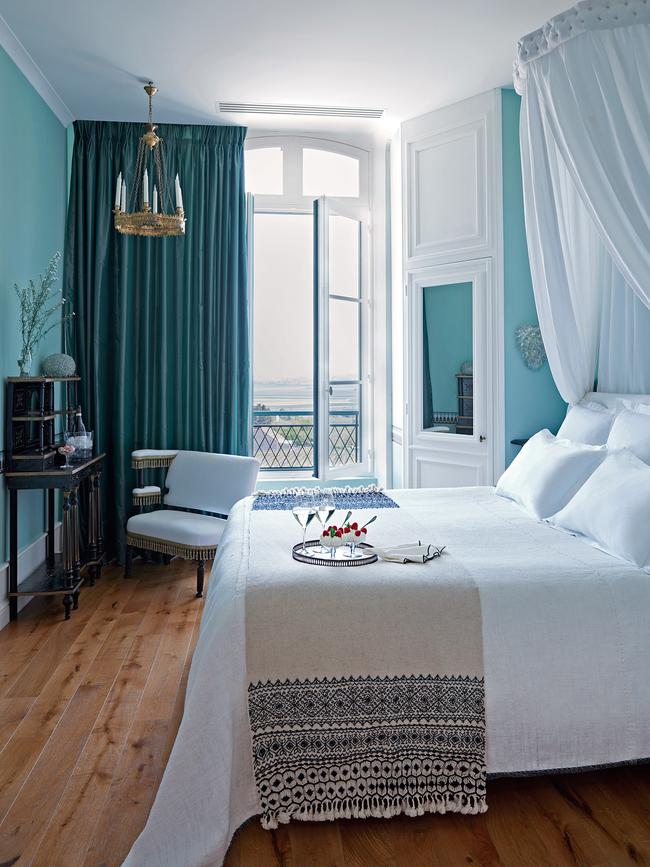
Where to stay
Chateau de Sacy: Château de Sacy shines like a beacon on the hill among the surrounding vines. Its glass-panelled restaurant is a beautiful spot for catching the sunset over the vines. The sommelier will happily give you lessons on sabering a bottle of Champagne if you decide to learn a new party trick while on holiday. The spa with its infrared sauna, outdoor Norwegian hot tubs, and Signature Effervescence mother of pearl treatment, is a major draw as well. A car is recommended – it’s quite isolated, but the hotel has a partnership with Audi for small local journeys.
Royal Champagne Hotel: Come for the view, if for no other reason, to this recently rebuilt luxury resort. The sweeping panorama over the vines of Hautvillers and Épernay is absolutely gorgeous, as is the destination spa with both indoor and outdoor pools. A car is definitely recommended as it is located between Reims and Épernay with no public transit, although the hotel is happy to arrange electric bike rentals for visiting local vineyards. The sommelier and manager make a real effort to focus on young local winemakers and give them a platform for their early vintages, so you can find some exciting picks that you won’t find anywhere else.
Domaine Les Crayères: The most centrally located of the luxe lodgings, this limestone mansion is in the heart of Reims within walking distance of some cellars. It’s home to the two-Michelin-starred restaurant Le Parc, a more casual and very popular brasserie, Le Jardin, and an intimate bar with a tweedy British men’s club vibe.

